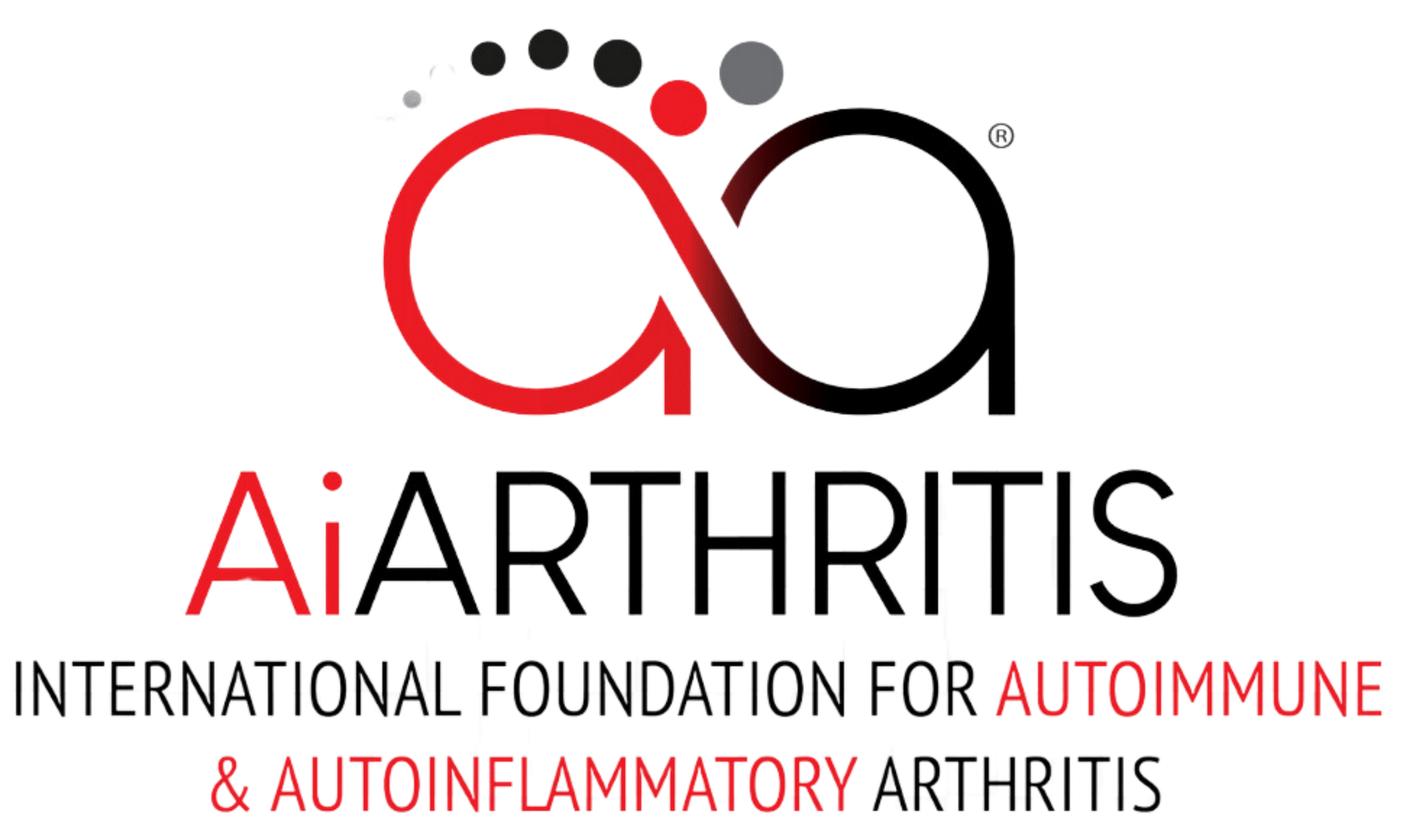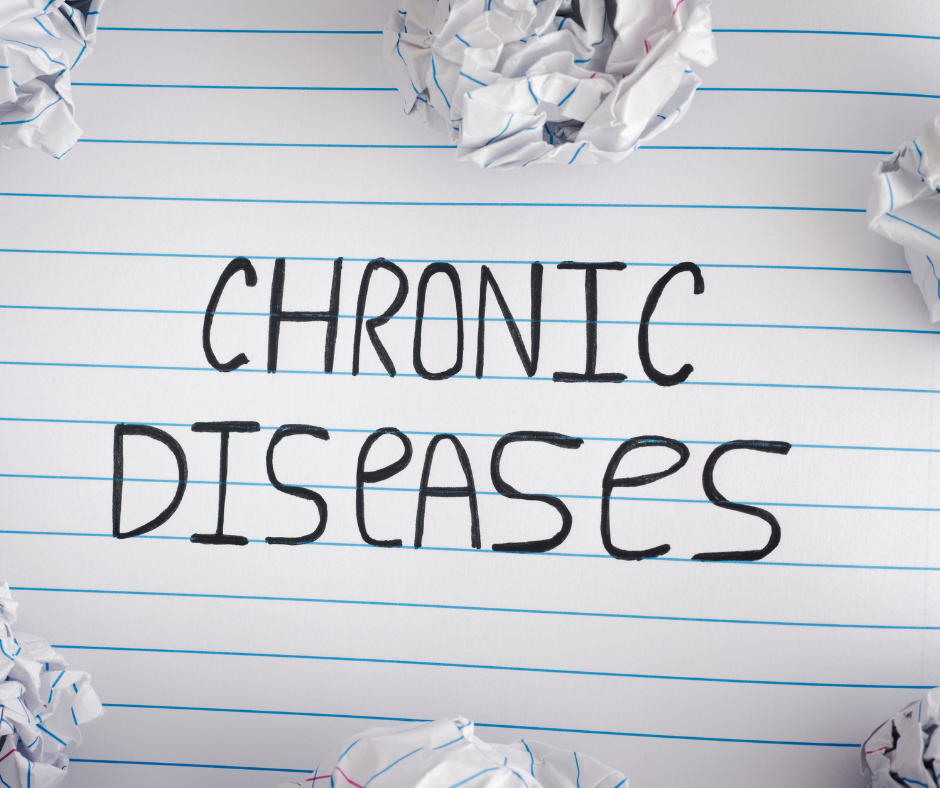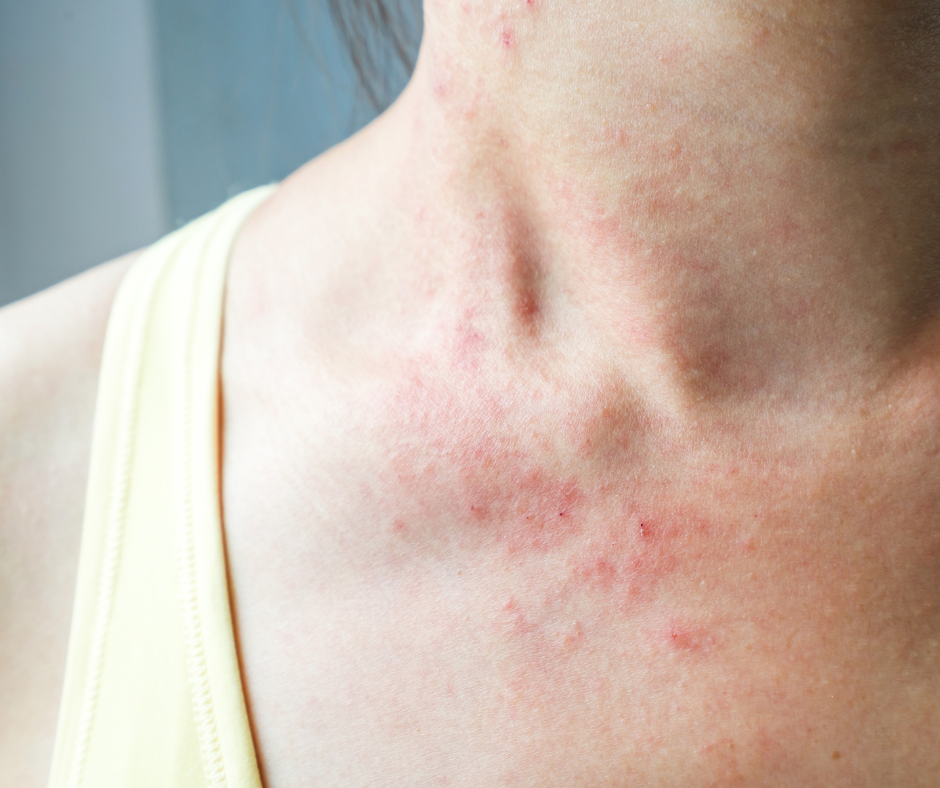Understanding Chronic Infantile Neurological, Cutaneous, and Articular Syndrome (CINCA), also known as Neonatal-Onset Multisystem Inflammatory Disease (NOMID)
Causes and Genetic Basis of Chronic Infantile Neurological/Cutaneous, Articular Syndrome (CINCA), and Neonatal-Onset Multisystem Inflammatory Disease (NOMID)
CINCA/NOMID is caused by mutations in the NLRP3 gene (also known as CIAS1). These mutations lead to the overproduction of interleukin-1β (IL-1β), a key cytokine involved in inflammation. The disease is typically inherited in an autosomal dominant manner, meaning only one copy of the mutated gene is necessary to cause the disorder.
AiArthritis Disease Symptoms
AiArthritis diseases share common features such as flares, where symptoms worsen for hours to months, and improvements with physical activity, while rest can make symptoms worse. Genetic predisposition or mutations can lead to these conditions running in families, and uncontrolled inflammation often results in comorbidities, affecting 70% of patients.
Key symptoms include:
- Severe fatigue that persists despite rest or stimulants
- Brain fog, making concentration difficult
- Flu-like sensations like nausea and muscle weakness
- Low-grade fevers (higher in autoinflammatory diseases)
- Joint stiffness, especially in the morning or after long periods of inactivity
- Sudden, shifting joint pain that starts and stops abruptly
Symptoms and Clinical Features of Chronic Infantile Neurological, Cutaneous, and Articular Syndrome (CINCA), also known as Neonatal-Onset Multisystem Inflammatory Disease (NOMID)
The symptoms of CINCA/NOMID usually appear within the first few months of life and can include:
- Skin Rash: Persistent urticarial rash that often appears at birth.
- Arthritis: Severe joint inflammation leading to pain, swelling, and potential joint deformities.
- Neurological Involvement: Chronic aseptic meningitis causing headaches, vomiting, and cognitive delays. Sensorineural hearing loss and seizures may also occur.
- Other Symptoms: Growth delays, hepatosplenomegaly (enlargement of the liver and spleen), and elevated inflammatory markers in blood tests.
Discover More Of Our Resources
Diagnosing Chronic Infantile Neurological, Cutaneous, and Articular Syndrome (CINCA), also known as Neonatal-Onset Multisystem Inflammatory Disease (NOMID)
CINCA/NOMID typically manifests within the first few months of life, often presenting symptoms at or shortly after birth. In some cases, signs can even be detected prenatally through ultrasound. However, in rare cases, it might be diagnosed later in childhood or even in adulthood due to milder symptoms or delayed recognition of the disease. These late-onset cases can present diagnostic challenges, as symptoms might be less severe or resemble other conditions.
Diagnosis is primarily clinical, based on the characteristic triad of skin rash, arthritis, and central nervous system involvement. Genetic testing for mutations in the NLRP3 gene can confirm the diagnosis in many cases, although some patients may have somatic mosaicism and not show the mutation in their germline DNA.
Treatment of Chronic Infantile Neurological, Cutaneous, and Articular Syndrome (CINCA), also known as Neonatal-Onset Multisystem Inflammatory Disease (NOMID)
- Medications: The mainstay of treatment for CINCA/NOMID is anti-IL-1 therapy, particularly the use of anakinra, which blocks the activity of IL-1β. Early initiation of this treatment can significantly improve outcomes, reducing inflammation and preventing complications such as intellectual disability and hearing loss.
- Supportive Care: This includes managing symptoms such as pain, fever, and joint swelling with medications like nonsteroidal anti-inflammatory drugs (NSAIDs), corticosteroids, and physical therapy.
- Monitoring and Management of Complications: Regular monitoring for complications such as hearing loss, vision problems, and neurological issues is essential. Early intervention can help mitigate these complications.
Who Treats Chronic Infantile Neurological, Cutaneous, and Articular Syndrome (CINCA), also known as Neonatal-Onset Multisystem Inflammatory Disease (NOMID)
CINCA/NOMID is typically treated by a multidisciplinary team of specialists, including rheumatologists, immunologists, neurologists, dermatologists, and geneticists. Early diagnosis and treatment by these experts are crucial for managing the disease effectively and improving patient outcomes.
With early diagnosis and appropriate treatment, the prognosis for children with CINCA/NOMID has improved significantly. Many patients can lead relatively normal lives, although ongoing management of symptoms and monitoring for complications is necessary.
CINCA/NOMID is a challenging condition that requires a multidisciplinary approach for effective management. Advances in understanding the genetic basis and treatment options have greatly improved the quality of life for affected individuals. Continued research and awareness are essential for further improving outcomes for patients with this rare disorder.
Related Blog Posts
June 26, 2025
Discover more about Chronic Disease Awareness Day and why it matters.
May 30, 2025
Discover more about rare disease Schnitzler Syndrome
May 21, 2025
Discover more about Systemic Sclerosis also known as Scleroderma.
Show More







